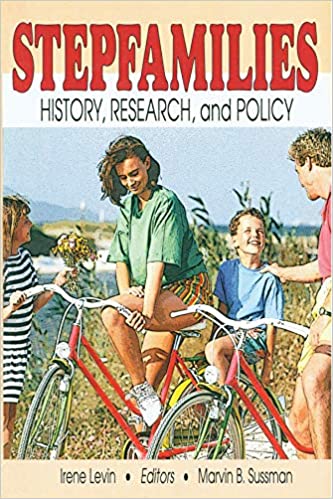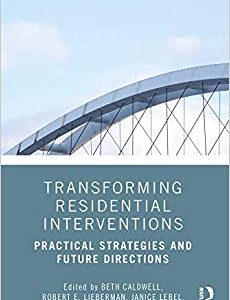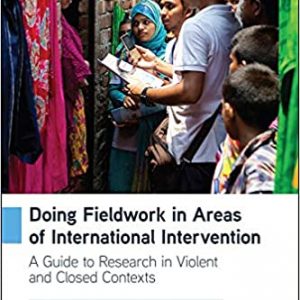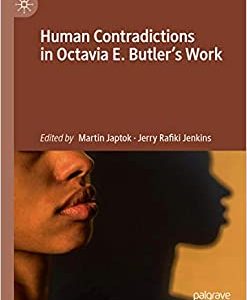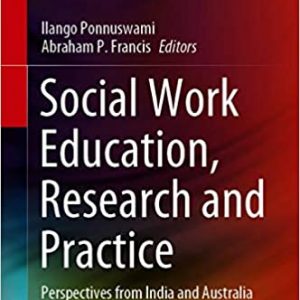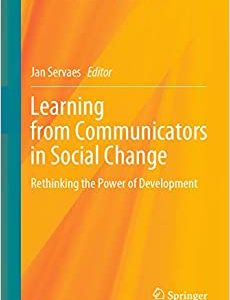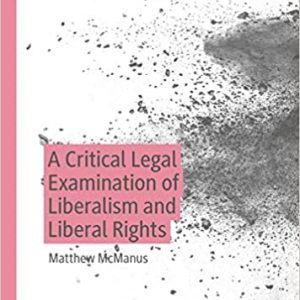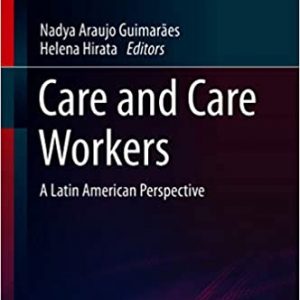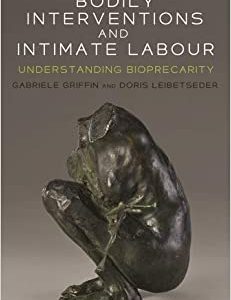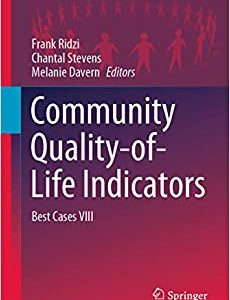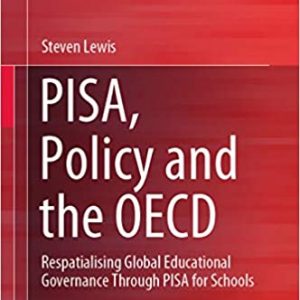As this book examines the ability of different societies to integrate different family forms into mainstream notions of “family,” you will realize the damaging effects of treating stepfamilies as incomplete, undesirable institutions. In fact, Stepfamilies: History, Research, and Policy will challenge your notions of family over and over again, as it discusses:
- key relationships in stepfamilies
- stepfather involvement in parenting after remarriage
- meaning of gender in a stepfamily
- differences in “investment” between biological and nonbiological parents
- demographic change and significant shifts in the social and cultural implications of stepfamilies
- attempting to reconstruct a household like that of a previous marriage
- the impact of stereotypes on the internal dynamics of stepfamilies and on the interactions of stepfamilies with outsiders
- the absence of guidelines and cultural norms for role performance and problem solving in stepfamilies
Stepfamilies: History, Research, and Policy discusses both the difficulties of forming new families and households as well as the factors that promote family cohesiveness and integration in stepfamilies. From stereotypes of stepmothers to ambiguous legal relationships to child maltreatment in stepfamilies to sibling relations, there isn’t much that the penetrating lens of this book leaves uncovered.

